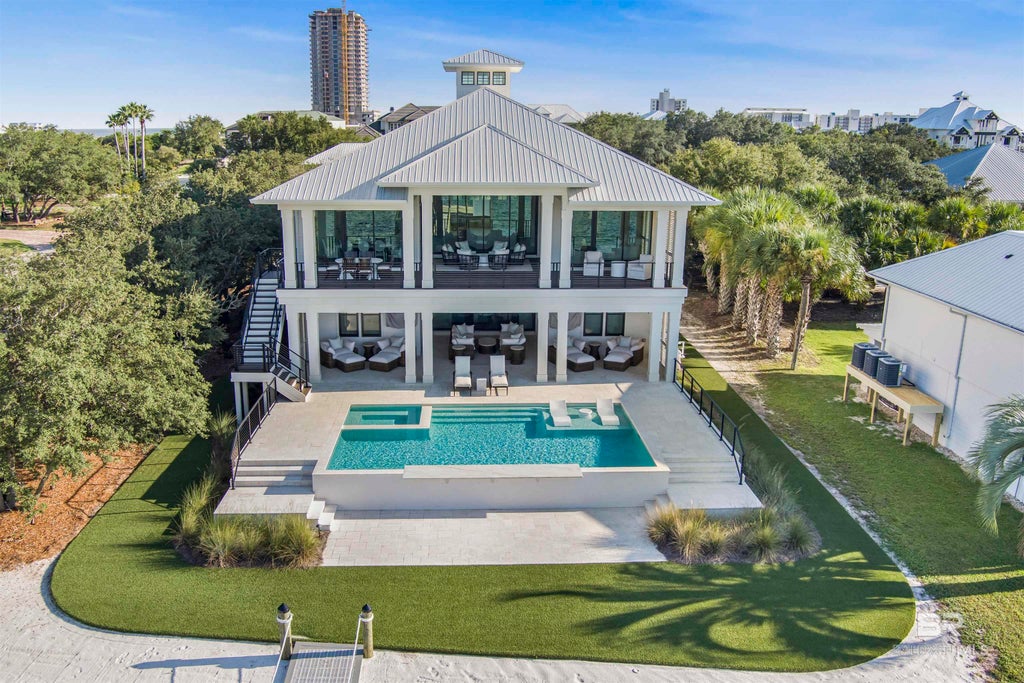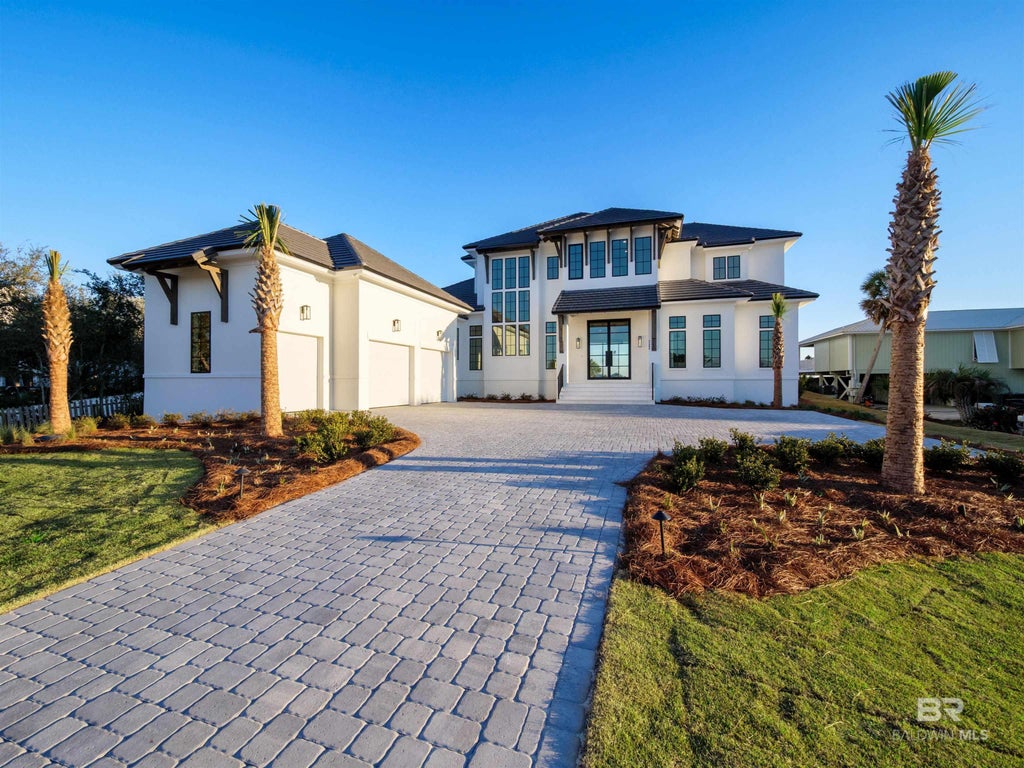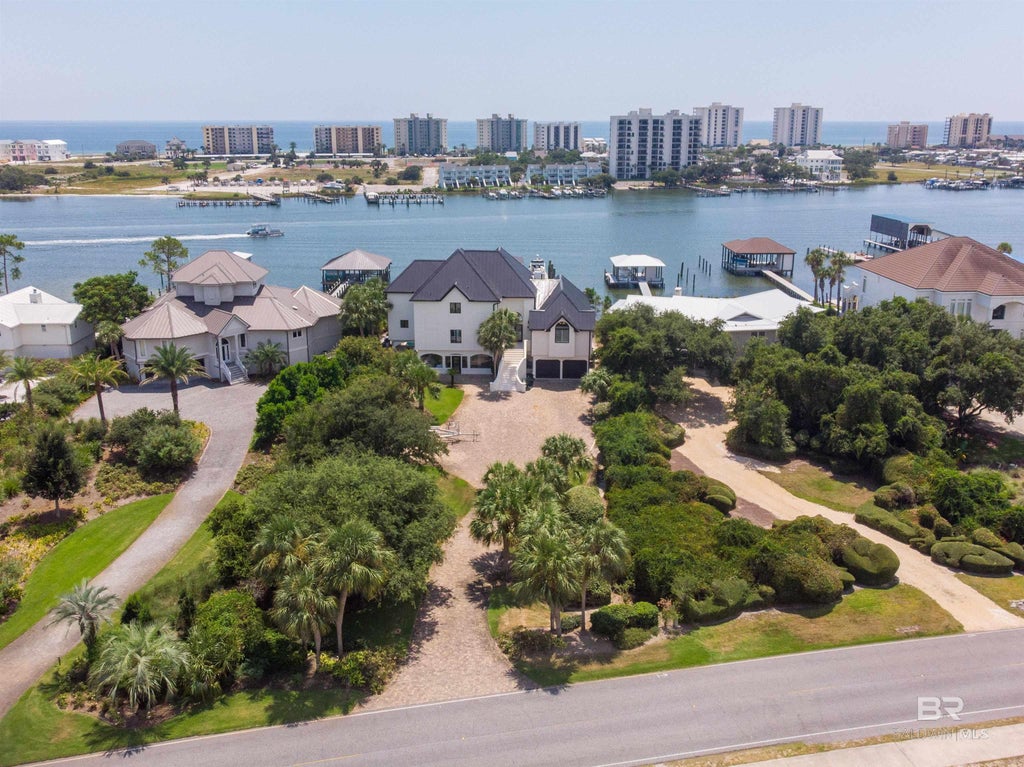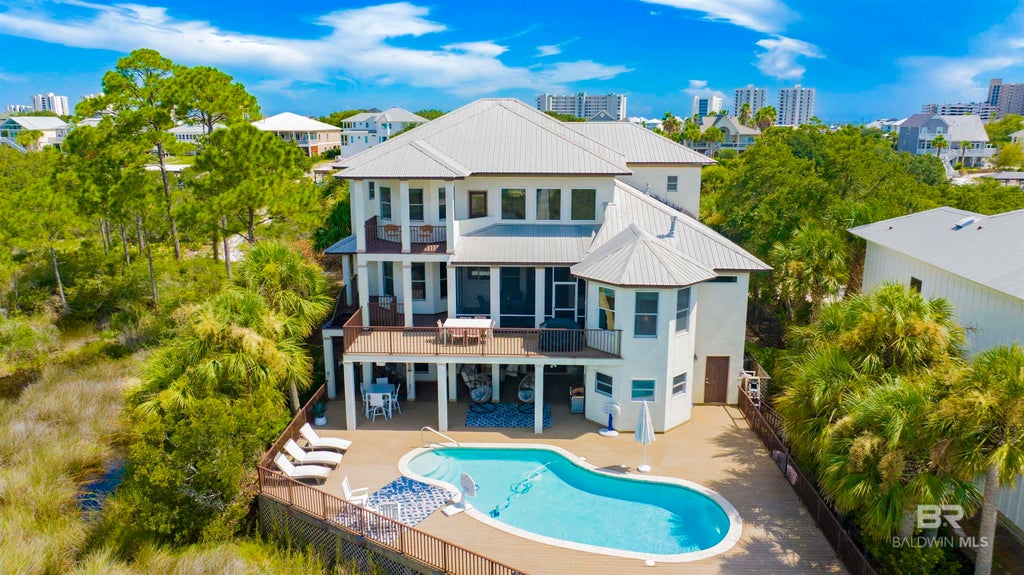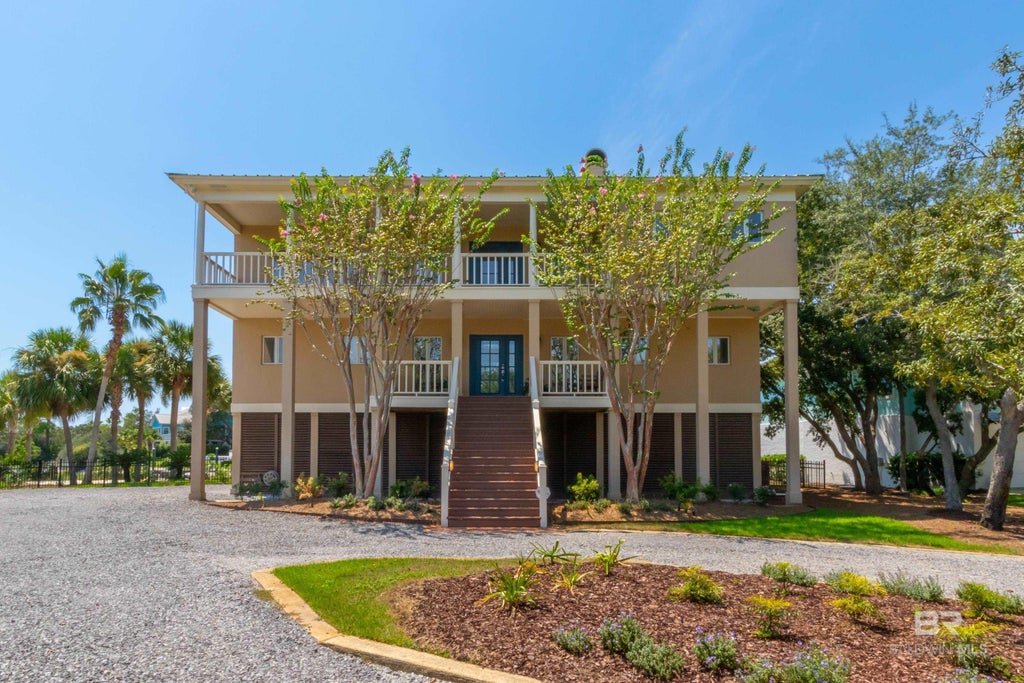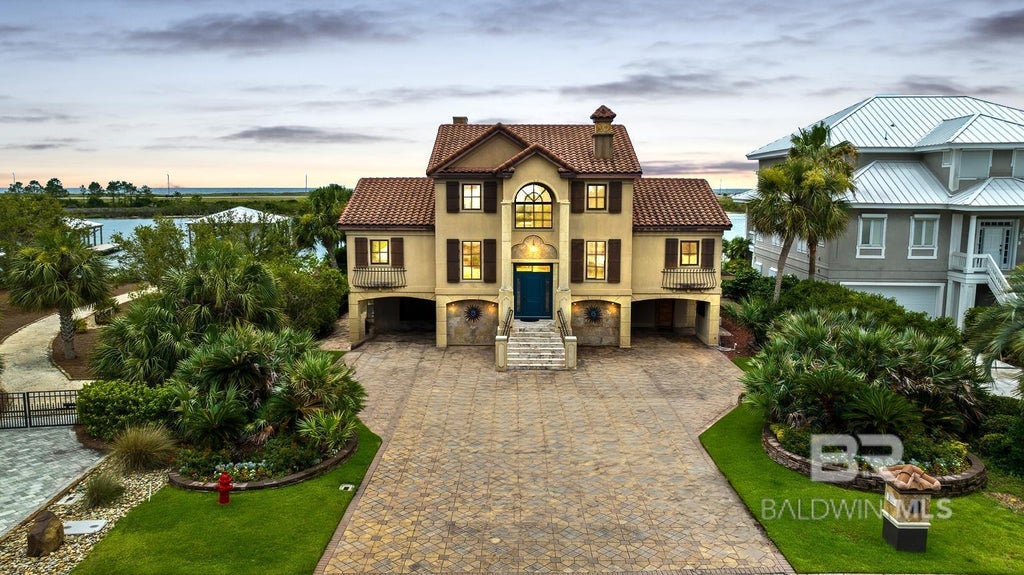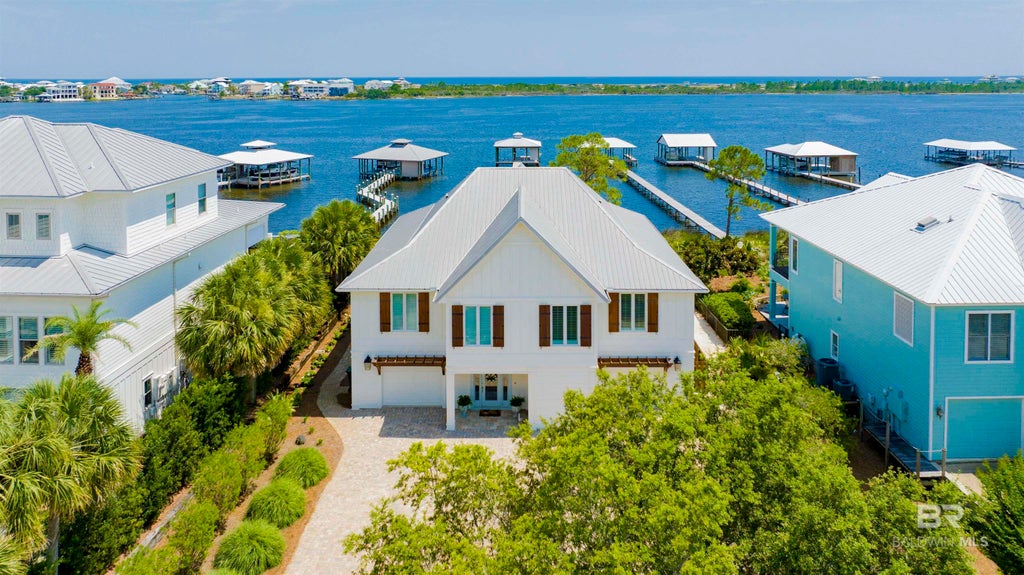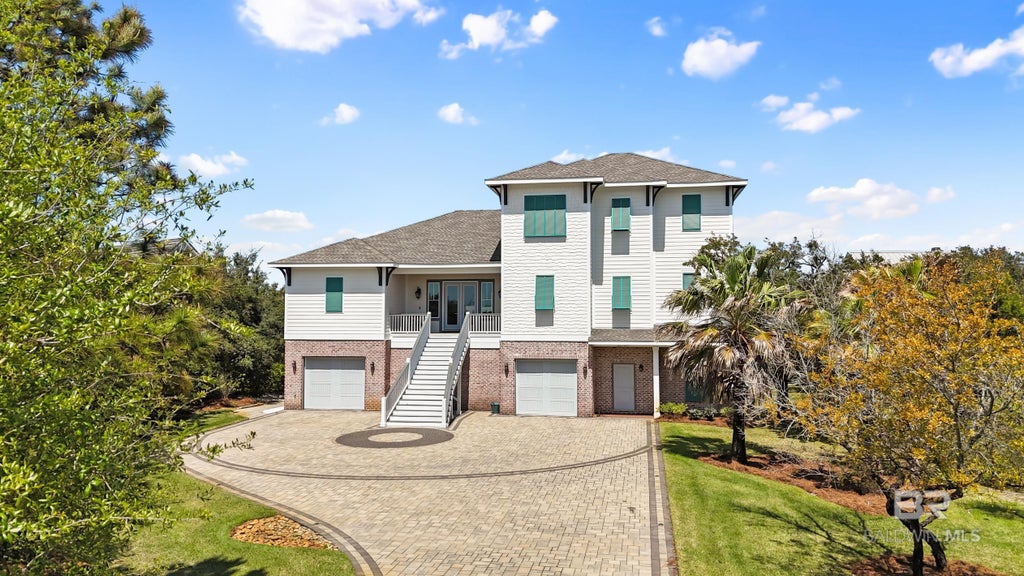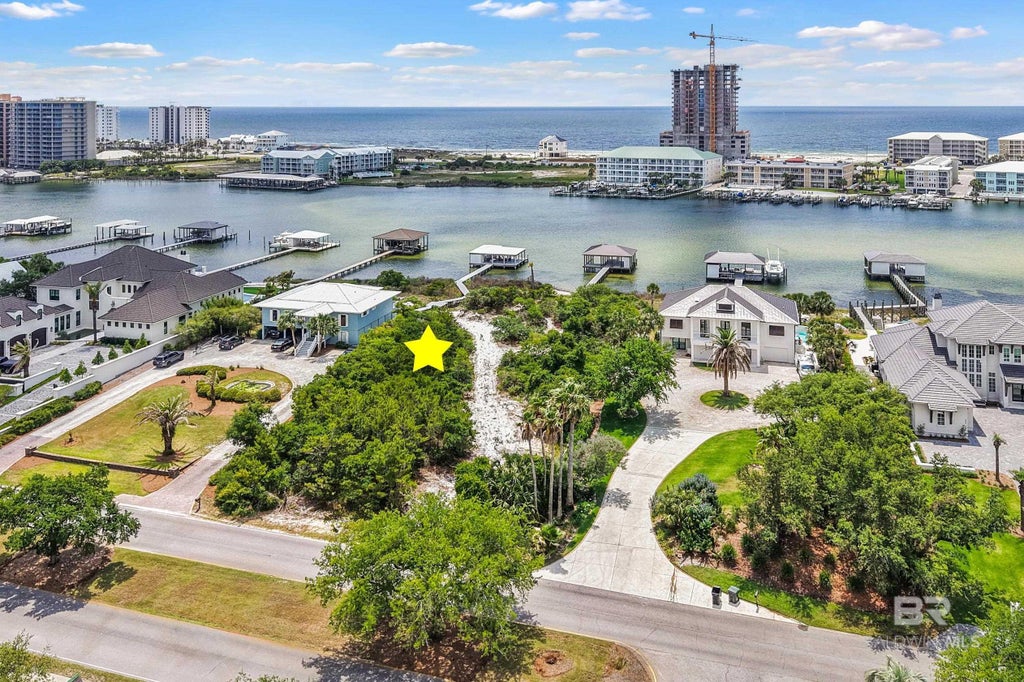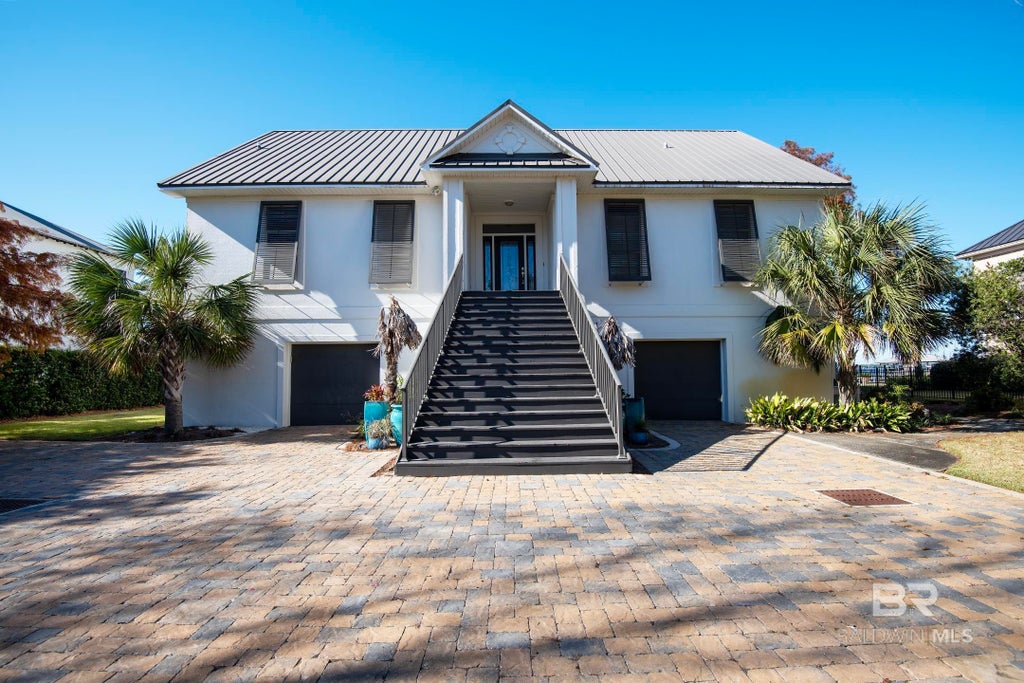THE HISTORY OF ONO ISLAND: FROM FRONTIER OUTPOST TO PRIVATE PARADISE
By Meredith Amon — Licensed in Alabama & Florida
Guided by Integrity. Backed by Experience. Search the Gulf with Meredith Amon.
When I cross the private bridge onto Ono Island—that long, narrow ribbon tucked between Bayou St. John and Old River—I’m reminded that this isn’t just a gated neighborhood. It’s a century-long story of shifting coastlines, stubborn pioneers, and a 1970s development vision that turned scrub and sand roads into one of the Gulf Coast’s most private communities.
Where is Ono Island—and why it matters today
Ono sits at Alabama’s southeastern edge across from Perdido Key, Florida. The island is roughly 5.5 miles long, outside city limits but functionally tied to Orange Beach for services. Today’s residents enjoy a guarded bridge, private roads, canals, recreation facilities, and a property owners association (POA) that grew out of the island’s early development decisions.
How Ono got its name (and why the pass kept moving)
For decades, storms re-sculpted this coastline. A devastating hurricane in 1916 closed the old inlet and opened a new pass farther west. A boundary tug-of-war followed; local lore says the refrain “Oh no you don’t”—a line tossed back and forth as Alabama and Florida staked claims—shortened to Ono. Before that, locals called it Goat Island for the herds wintered here, and some maps and deeds referenced early caretakers who ran livestock on the island.
In 1953, Alabama and Florida finalized the state line at the site of the old pass—clarity that would later make modern subdivision work and title records feasible.
The pioneering era: John Calhoun “Pappy” Golightly (1945–1983)
Plenty of people helped shape Ono, but one man became its folk hero: John Calhoun “Pappy” Golightly, a Birmingham banker’s real-estate hand who fell in love with this wild spit of sand in the 1940s. After World War II, he and two friends reportedly bought half of Ono Island for $1,000 apiece. Pappy chose less acreage but more waterfront—the remote eastern tip—and then did something few retirees would do: he moved out here and started building.
Building the first house (and a life) by hand
Family accounts describe Pappy commuting by boat in the early 1960s, hauling materials on a small barge and working alongside a couple of hired hands. He dug his foundation, laid concrete block walls, installed a coal furnace, and ran a well for water. He used a generator until he convinced the power company to run a line from Florida. He maintained everything himself—no contractors to call, no “punch list.”
His grandson Ham Wilson recalls a boyhood summer on Ono in 1961: a $1.25-a-week “job,” a half-Oldsmobile/half-Jeep contraption for exploring, and the freedom to cut primitive roads along the whole island. If a vehicle broke, Ham fixed it—under Pappy’s watchful eye. Dogs were walked twice a day. Breakfast was at 5:30 a.m. sharp.
Hurricane Frederic, 1979: stubbornness on the roof
When Hurricane Frederic tore through in 1979, the police reportedly had to escort 80-year-old Pappy off the island to wait out the storm in Foley. As soon as roads opened, Ham drove down from Birmingham with gas cans and found his grandfather on the roof, nailing shingles back in place. That scene—grit, independence, and devotion to a lonely tip of land—captures the man many islanders only knew as “the old fellow who walked his dogs and skipped the cocktail parties.”
From boats to a bridge—and a deal with developers
By the 1970s, developers were moving in. At 75, the daily boat commute wore thin, so Pappy struck a practical bargain: use of the new bridge in exchange for giving the developer an option on his holdings. Over time, he sold most of the east end, retaining a few acres at the point and funding an education trust for his grandchildren. He passed away in 1983, and his family later sold the remainder. If you ask long-timers, though, they’ll tell you: for two decades, Pappy was Ono Island.
Much of this colorful first-person history of Pappy and Ham appears in Breck Pappas’s 2016 feature “Pioneering Ono,” and in letters and recollections from the Golightly/Wilson family.
Modern development: covenants, canals, a POA—and the private bridge
While Pappy’s legend anchors the east end, modern Ono Island took shape as a formal residential subdivision beginning in the late 1960s under Ono Development Company, Inc. The developer recorded island-wide covenants in 1970, setting the framework for single-family lots, canals, common areas, and architectural control.
By 1973, documents show the developer and the Property Owners Association of Ono Island, Inc. holding interests in the private bridge and road system, cementing the controlled-access character that defines Ono today. Sister entities such as Ono East, Inc. appear in those early filings, and corporate officers like Jere Austill, Jr. and Evan Austill show up on the instruments. From there, the island’s growth accelerated into the gated, low-density neighborhood we know now—more than a thousand homes woven among canals, preserves, and bayfront.
A simple timeline I share with clients
-
Pre-1900s — Barrier-island grazing; the “Goat Island” nickname sticks.
-
1916 — A hurricane relocates the pass; naming lore (“Oh no…”) leads to Ono.
-
1953 — Alabama–Florida boundary finalized at the historic pass line.
-
1945–1963 — Pappy buys into the east end; builds by hand; first house completed.
-
1969–1970 — Ono Development Company launches the subdivision; general covenants recorded.
-
1973 — Developer/POA control of bridge and roads recorded; Ono East, Inc. enters filings.
-
1970s — Build-out accelerates; private bridge and POA governance define access.
-
1979 — Hurricane Frederic; Pappy evacuated, returns to repair.
-
1983 — Pappy passes; family later sells the remaining point.
-
Today — Mature, private, single-family island with recreation amenities and strict access.
Key players that shaped Ono Island
-
John Calhoun “Pappy” Golightly — the east-end pioneer whose self-reliance became island folklore.
-
Ono Development Company, Inc. — late-1960s/early-1970s subdivision developer.
-
Property Owners Association of Ono Island, Inc. — governance body tied to early bridge/road records.
-
Ono East, Inc. — sister development entity named in 1973 instruments.
-
Jere Austill, Jr. & Evan Austill — corporate officers/agents in early POA/developer filings.
-
Later residents and builders — from canal dredgers to architects—who adapted Mediterranean/Caribbean-coastal styles to the subtropical climate.
Why this backstory still matters—if you’re buying or selling
Private infrastructure. The bridge and roads are private, which affects access control, dues allocation, and long-term maintenance planning.
Covenants with teeth. The 1970 covenants established architectural controls that still guide setbacks, elevations, materials, and canal encroachments.
Geology & risk. A shoreline shaped by storms means elevation, drainage, and wind engineering are always relevant.
Due diligence. Historic filings, current POA rules, and recent engineering reports help you understand assessments, reserves, and long-range projects.
FAQ (quick answers I give clients)
When was Ono Island “developed,” officially?
Modern residential development began in 1969, with general covenants recorded in 1970.
Who developed it?
Ono Development Company, Inc. started the platted subdivision. Early filings tie the POA and Ono East, Inc. to the private bridge and road system by 1973.
What’s with the name “Ono”?
After the 1916 storm shifted the inlet, the boundary tug-of-war sparked the “Oh no…” nickname that stuck.
Who is Pappy?
John Calhoun Golightly, a Birmingham real-estate hand who bought the east end in the 1940s, built the first house by hand, struck the early bridge-use deal in the 1970s, and remained the island’s best-known private owner until his death in 1983.
Is Ono Island part of a city?
It sits outside municipal limits but coordinates closely with Orange Beach for services, utilities, and public safety.
My take—as your local resource
As a listing and buyer’s agent for Ono Island and Orange Beach, I lean on this history every time I prepare a client for due diligence: private bridge, POA governance, architectural controls, and coastal construction realities. If you’re exploring a purchase or planning a sale, I’ll assemble the historic covenants, current rules, engineering and insurance summaries, and a closing timeline so your transaction is calm, organized, and predictable.
Thinking about building or buying on Ono Island? I’m happy to walk you through the island’s neighborhoods, design styles, comps, and recent activity—step by step.
Meredith Amon is a Gulf Coast Real Estate Advisor, licensed in Alabama and Florida. She helps buyers and sellers navigate beachfront, bayfront, and private-island property from Gulf Shores to Perdido.
#searchthegulf #meredithamon #becausewelivehere
2025 Homebuyer & Seller Trends — What This Year’s Data Means for Orange Beach, Ono Island, Gulf Shores, and Perdido Key
When it comes to finding the home of your dreams in a fast-paced market, knowing about new listings as soon as they are available is part of our competitive advantage.Sign up to see new listings in an area or specific community. Contact Meredith with any questions you may have.
Ono Island Homes & Land for Sale – Luxury Waterfront Real Estate in Orange Beach Alabama

.gif)

2025 Gulf Coast Real Estate Trends: Orange Beach, Ono Island
As I study this year’s buyer and seller data, I’m focused on what it means for our stretch of shoreline—Orange Beach, Ono Island, Gulf Shores, and Perdido Key. The National Association…
How to Get to the Alabama–Florida Gulf Coast: Airports & Drive Times

Ask A Question or Sign Up To See New Real Estate Listings Before Your Competition

